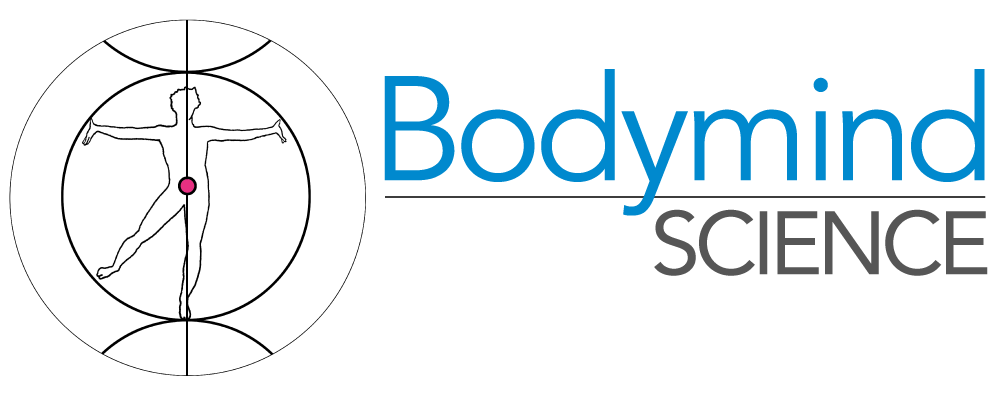Vitamina D, ¿por qué tanta confusión?
- Durante los últimos meses, se han publicado varios artículos revisados por pares sobre el papel que se cree que desempeña la vitamina D en la reducción de la morbilidad y la mortalidad asociadas con las infecciones virales COVID-19. A medida que se acerca el invierno en el hemisferio norte, la luz solar está menos disponible para estimular la producción de vitamina D.
Para leer ( escrito en ingles) La deficiencia de vitamina D y la contaminación del aire exacerban COVID-19 mediante la supresión del péptido antiviral LL37. Front. Public Health 8: 232. doi: 10.3389 / fpubh.2020.00232, haga clic aquí. Pero si simplemente desea comprender un poco más sobre esta fascinante hormona / vitamina, siga leyendo.
Las vitaminas se necesitan en pequeñas cantidades para apoyar los procesos vitales normales. La mayoría se puede obtener de fuentes alimentarias. Sin embargo, dado que las dietas varían, algunas deben obtenerse de suplementos. La vitamina D es un caso especial. En realidad, es una hormona que se obtiene a partir de alimentos o suplementos, pero que también produce el cuerpo en condiciones favorables. Los seres humanos podemos producir nuestra propia vitamina D cuando nuestra piel está expuesta a la luz solar. Exponer los brazos y las piernas durante unos 15 minutos al día, cuando el sol está al menos a la mitad del horizonte, puede ser de gran ayuda para proporcionar lo que el cuerpo necesita para producir vitamina D.
¡Una nota de precaución! Las quemaduras solares son peligrosas y el tiempo prolongado al sol no significa que su cuerpo produzca más vitamina D. Nuestros sistemas tienen un mecanismo de apagado natural. Después de cierto punto, el cuerpo deja de producir vitamina D, por lo que este es uno de esos casos en los que demasiado puede ser peor que insuficiente.
En esta época de COVID-19, se han escrito muchos artículos sobre los posibles beneficios de la vitamina D para reducir el impacto de la enfermedad. Algunos han analizado la evidencia de los registros de pacientes que comparan sus niveles de vitamina D medidos previamente con qué tan enfermos se enfermaron con COVID-19. Otros han analizado información establecida sobre qué grupos de personas tienden a tener niveles adecuados de vitamina D y qué grupos tienden a tener niveles bajos y deficientes de vitamina D. Muchos de estos artículos apuntan a la evidencia de que la vitamina D tiene un beneficio protector cuando se combate el virus respiratorio. infecciones en general. También señalan evidencia reciente de que COVID-19 es menos grave cuando los niveles de vitamina D son adecuados.

Como hormona, la vitamina D tiene una amplia gama de efectos en el cuerpo. Ayuda a regular más de mil genes, muchos de los cuales están relacionados con el sistema inmunológico. La vitamina D modula las respuestas inmunitarias, lo que permite una respuesta equilibrada del cuerpo a los desafíos de bacterias y virus. Desempeña un papel clave en la producción de moléculas que atacan y destruyen microbios. También es compatible con la señalización de célula a célula, lo que hace posible que el sistema inmunológico responda sin excesos que pueden ser tan peligrosos como los microbios.
¿Cómo saber si está obteniendo suficiente vitamina D? Se encuentran disponibles análisis de sangre simples para determinar si su nivel es suficiente para satisfacer las necesidades de su cuerpo. La deficiencia e insuficiencia de vitamina D se encuentran ampliamente en las sociedades industrializadas de todo el mundo, especialmente en áreas a más de 37 grados de latitud distantes del ecuador. La deficiencia también es común en adultos mayores, en personas con diabetes, enfermedades cardíacas, obesidad, hipertensión y algunas formas de cáncer. En los EE. UU., Se ha documentado que la deficiencia de vitamina D es común en personas con herencia genética afroamericana. La deficiencia de vitamina D se define como tener un nivel de 25-hidroxivitamina D por debajo de 20 ng / ml (50 nmol / litro). Cuando la vitamina D se encuentra entre 21-29 ng / ml (52,5-72,5 nmol / litro), se define como insuficiente. Si está disponible, solicite una prueba a su proveedor médico.
Las fuentes difieren en la cantidad de vitamina D que deben tomar las personas. En 2011, The Endocrine Society, un prestigioso grupo de endocrinólogos profesionales que tratan a pacientes con trastornos hormonales, recomienda de 1.500 iu (37,5 mcg) a 2.000 iu (50 mcg) para cualquier persona mayor de 19 años para elevar el nivel sanguíneo de 25 (OH ) D consistentemente por encima de 30 ng / ml (75 nmol / litro). Para los menores de 19 años, sugieren que se pueden requerir al menos 1000 UI / día de vitamina D para alcanzar y mantener un nivel constantemente por encima de 30 ng / ml (75 nmol / litro). Reconocen que los grupos específicos en riesgo pueden necesitar niveles más altos de suplementos de vitamina D para lograr y mantener suficiente vitamina D. La Sociedad de Endocrinas también establece que una dosis diaria máxima segura no debe exceder los 10,000 UI (250 mcg). Los científicos que realizan el ensayo VITAL (vitamina D y Omega 3) también han elegido una dosis de 2000 UI / día para los participantes del estudio que reciben suplementos de vitamina D. Sin embargo, este estudio está en curso con resultados probables en 2021 o más allá.
Independientemente de estas recomendaciones y estudios, muchos médicos recomiendan dosis más altas. La forma más segura y eficaz de determinar su necesidad de vitamina D y la dosis correcta es consultar a su proveedor médico para obtener asesoramiento profesional.
Para leer (escrito en ingles) La deficiencia de vitamina D y la contaminación del aire exacerban COVID-19 mediante la supresión del péptido antiviral LL37. Front. Public Health 8: 232. doi: 10.3389 / fpubh.2020.00232, haga clic aquí.
Para leer el abstracto en espanol haga clic aqui
Esperamos que comparta esta información con sus colegas.



 By Peter Payne and Mardi Crane-Godreau, Ph.D.
By Peter Payne and Mardi Crane-Godreau, Ph.D.




You must be logged in to post a comment.